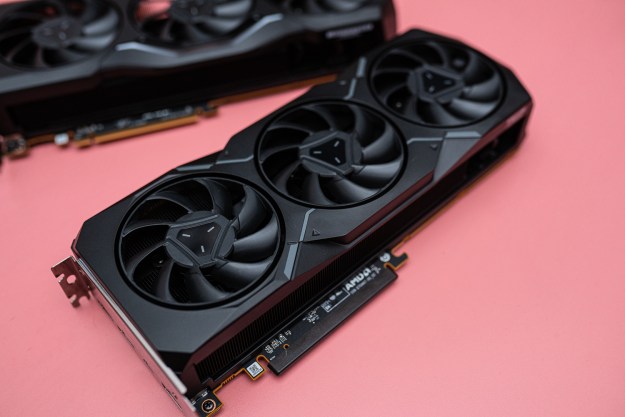The new AMD Radeon RX 7900 XTX and RX 7900 XT are already here, but a new claim suggests that perhaps they shouldn’t be, at least not just yet.
According to the claim, AMD has decided to ship the GPUs in an unfinished state, and not everything can be fixed by simply updating drivers. Did AMD rush to release the new graphics cards before they were ready?
AMD’s new flagships launched just recently, and based on our own testing, we can say that they’re mostly fit to rival the Nvidia RTX 4080, although their ray tracing performance leaves a lot to be desired. However, some users have found the overall performance offered by the RX 7900 XTX and the RX 7900 XT to be inconsistent, and Kepler_L2 on Twitter may have discovered why.
According to the Twitter user, the Navi 31 A0 silicon used in these early RDNA 3 cards comes with dysfunctional shader prefetch units. This flaw is supposedly found in three chips, including the flagship Navi 31 (GFX1100), as well as the GFX1102 (Navi 33) and GFX1103. The latter is not a discrete GPU chip, but rather the upcoming APU lineup. So far, it appears that these issues are present on every chip apart from Navi 32.
Assuming this is true, it could lead to poor gaming performance, including stuttering or frame rate drops. What’s worse is, as Kepler claims, this flaw cannot be fixed through software and driver updates alone, which implies that the GPUs that are currently out will always be damaged by it in some way.
Even if AMD was to release new versions of the GPU with finished silicon, some people would be unhappy having already bought the “flawed” GPU. Fortunately, driver optimization can be helpful here, and it’s possible that most users won’t notice this problem.
Various reviewers have noticed some inconsistencies in the clock speeds and performance of the 7900 XTX and the 7900 XT. While it’s pretty clear that the GPU won’t reach as high as 3GHz in gaming tests, it does come close to that number at times; however, the speeds fluctuate in some cases. Several reviewers reported clock speeds varying between 2.4GHz and 2.9GHz while running the same game. This was spotted by Wccftech.
Many people were hoping to find a way to escape Nvidia’s steep prices while still buying a card fit for 4K gaming, and AMD’s RDNA 3 seemed like the perfect solution. Even with these flaws, the RX 7900 XTX is undoubtedly one of the best GPUs in terms of value, but it’s true that AMD didn’t deliver a massive generational jump from RDNA 2 to RDNA 3. Shipping an unfinished chip is on another level, if that’s the case.
Before AMD itself confirms this to be the case, it’s best to take these reports with some skepticism. If the problem is real and significant, it may or may not be fixed through driver updates. The company is hopefully going to shed some light on the matter soon now that it has come to public light.
Editors' Recommendations
- The one AMD 3D V-Cache processor you should avoid at all costs
- The Nvidia RTX 4080 Super just trounced AMD
- AMD’s two new GPUs significantly undercut Nvidia
- Take a look at AMD’s limited-edition, Starfield-themed GPU
- AMD might admit defeat, but it’s for the best




